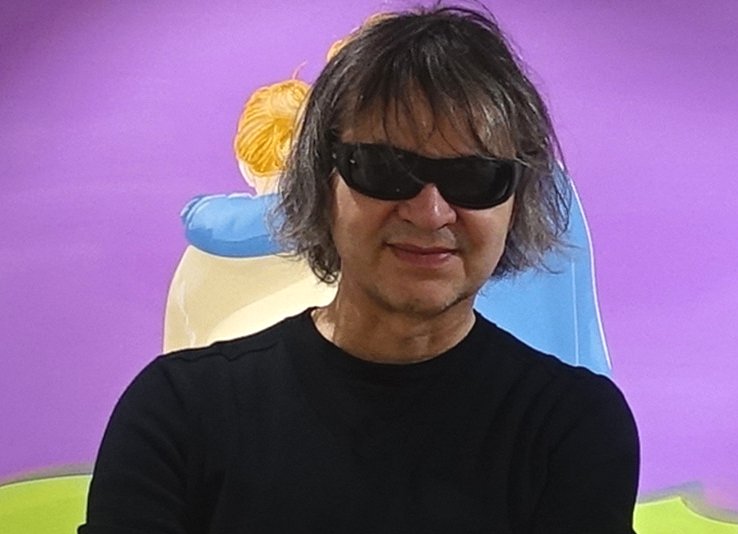ART, WHATEVER IT TAKES
Since the early pandemic in 2020, Rome Art Program has conducted a series of interviews, “Art, Whatever It Takes.”
Artists, Art Critics, and Art Historians living in Italy, the U.S., and U.K., share their insights during these powerful times.

Interview with Mario Sughi
Mario Sughi (nerosunero) Is an Italian painter and illustrator, based in Dublin. He began drawing and painting under the guidance of his father, the artist, Alberto Sughi. His first illustrations were published in the early eighties on the satirical magazines, then he studied Art and History at the University La Sapienza, graduating in 1986, and moved to Dublin where, in 1995, completed a PhD in Medieval History at Trinity College.
On his return to Dublin he started to experiment with digital drawing techniques, then, in 2007, he decided to devote himself exclusively to his career as an artist, taking part in a group exhibition at the Loft Gallery in Dublin, which was followed by solo exhibitions at Green Room-Manchester, Exchange Gallery and The Complex Studios-Dublin. In 2011 his works were presented at the Italian Cultural Institute-Dublin as part of the 54th Venice Biennale “Il Padiglione Italia nel Mondo”. Subsequently solo exhibitions of his work were held internationally; his work has been installed at Dublin Airport, Grosby Park & the Raheny Library-Dublin, and are included in public & private collections.
